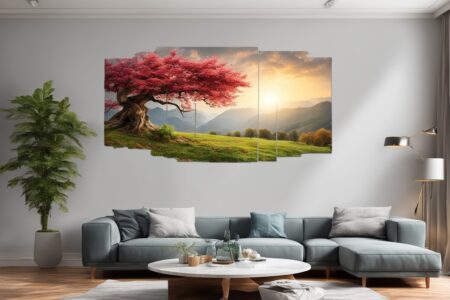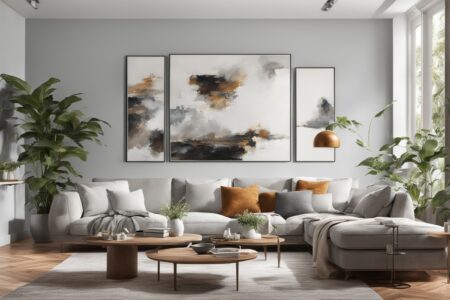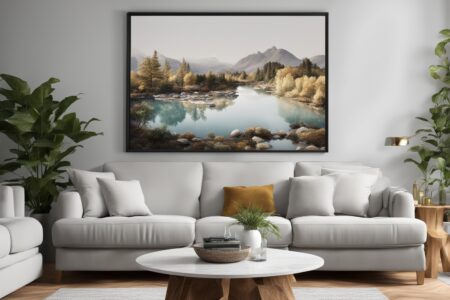Transform Your Space with Stunning Geometric Wall Art
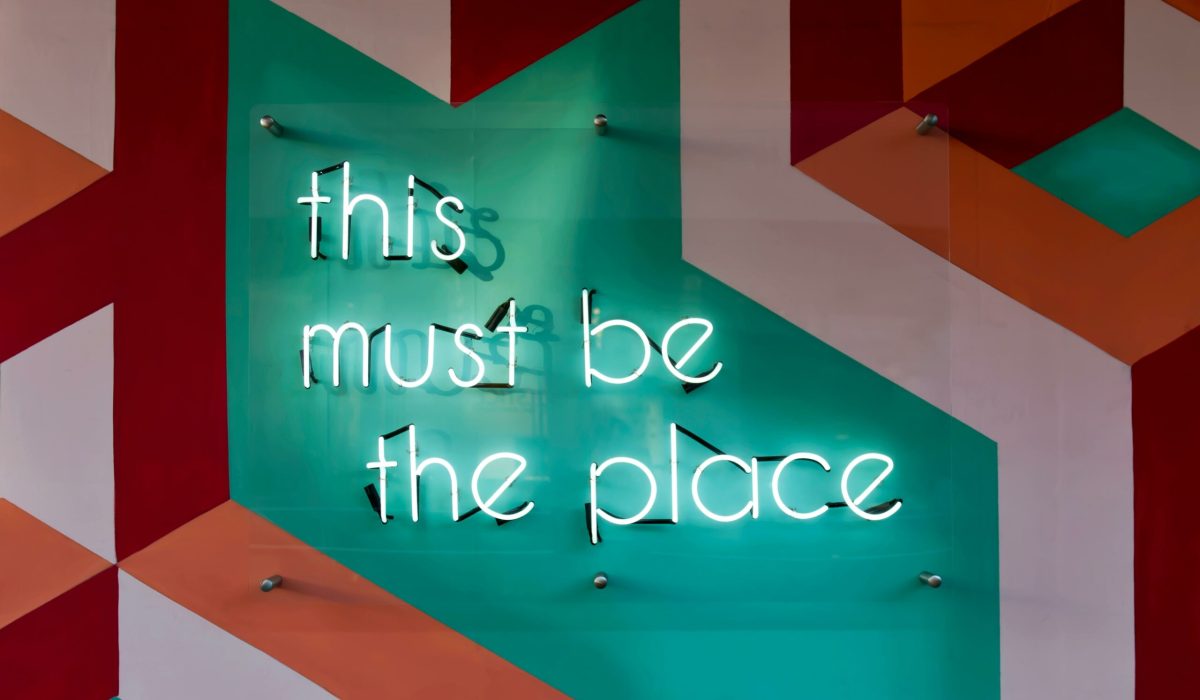
Geometric wall art is a powerful tool to transform any room from ordinary to extraordinary, embodying simplicity, modernity, and versatility. This captivating form of decoration draws upon the beauty of shapes, lines, and colors, creating eye-catching patterns that can fit any décor theme. Whether you’re a minimalist at heart or someone who loves a splash of color and complexity, geometric wall art offers endless possibilities to express your style and add a dynamic touch to your living space.
In this blog post, we will explore the allure of geometric wall art, its impact on room ambiance, and how you can incorporate these stunning pieces into your own home. From choosing the right pieces to creating a cohesive look that complements your space, we’ll provide you with all the information you need to make your walls speak volumes about your personal taste and style. Let’s dive into the world of geometric art and discover how to make your space truly your own.
CONTENT
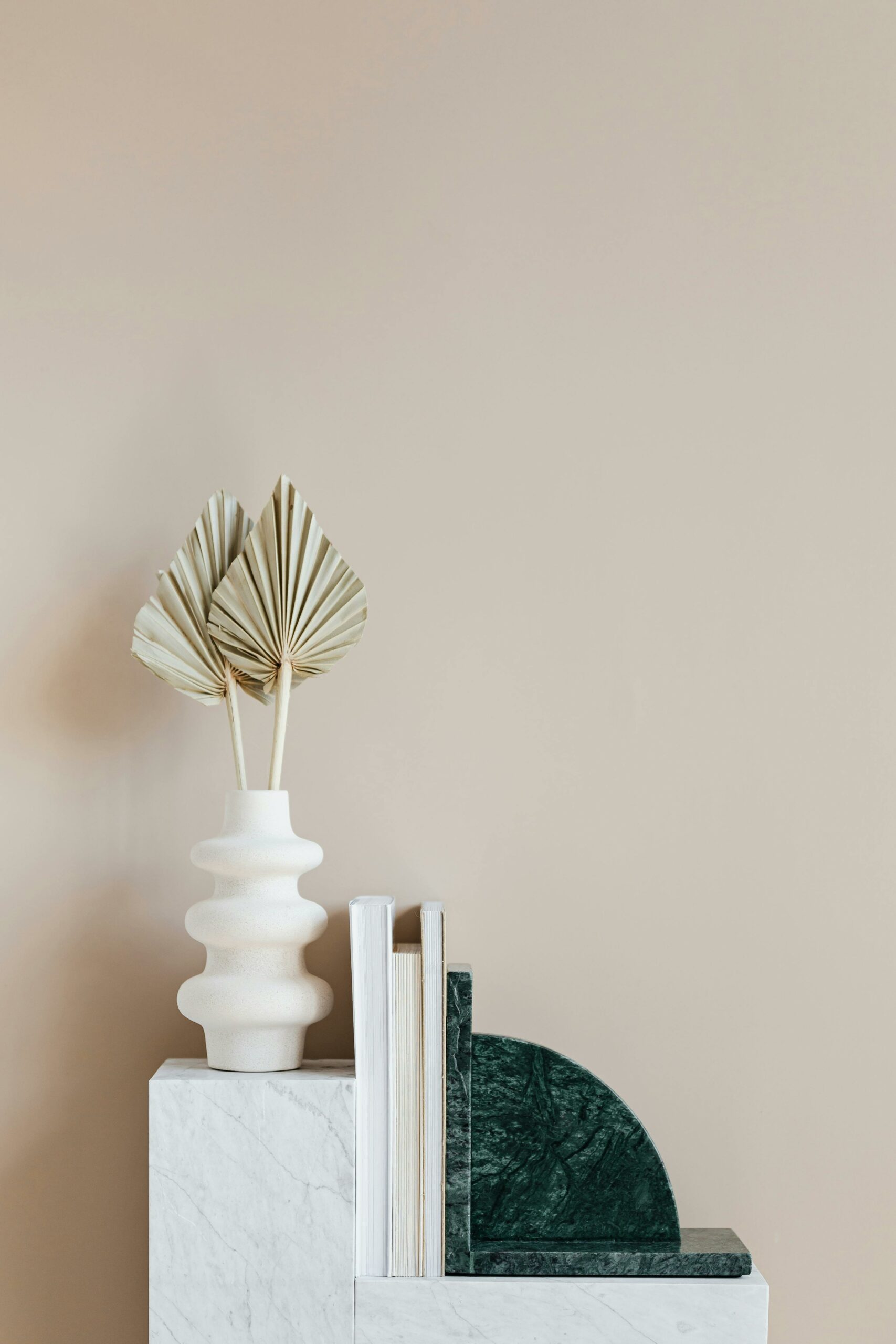
The Allure of Geometric Wall Art
Timeless Elegance
Geometric wall art transcends the boundaries of time, offering a glimpse into the seamless integration of ancient symbols and modern design. Its ability to blend with various decorative themes, from the sleek lines of a contemporary living room to the eclectic vibrancy of a bohemian bedroom, underlines its universal appeal. This timeless elegance ensures that investing in geometric art is not just a trend but a lasting choice that will keep your space feeling fresh and inspired for years to come.
Visual Harmony and Balance
The intrinsic nature of geometric wall art lies in its ability to create visual harmony and balance within a space. Through the deliberate use of shapes, lines, and colors, geometric art introduces an organized chaos that is both captivating and calming. The symmetry and repetition often found in these designs can transform a room, making it feel more cohesive and intentionally designed. This harmonious balance appeals to our innate desire for order, making geometric wall art a popular choice for both personal and professional spaces.
Flexibility in Personal Expression
One of the most compelling aspects of geometric wall art is its flexibility in allowing individuals to express their personal style and creativity. Whether you gravitate towards bold, intricate patterns that make a statement or prefer the understated elegance of simple shapes and muted tones, geometric art can cater to every taste and personality. It serves as a canvas for personal expression, enabling homeowners to showcase their unique aesthetic and bring a piece of their world into their living spaces.
Exploring the Popularity of Geometric Designs
The surge in popularity of geometric designs within modern homes and public spaces can be traced back to the universal appeal of shapes and forms that are inherent to our visual language. Geometric patterns have a way of capturing attention, invoking curiosity, and engaging the viewer’s cognitive recognition of patterns, making them a compelling choice for interior design. This fascination is not limited to the realm of wall art but extends to furniture, textiles, and architectural elements, showcasing the versatility and wide-reaching appeal of geometric aesthetics in various aspects of design.
Furthermore, the rise of digital design tools and technologies has played a significant role in the popularity of geometric designs. These advancements have allowed artists and designers to experiment with complex patterns and shapes, pushing the boundaries of traditional art forms. The precision and clarity that digital design offers have led to the creation of highly detailed and visually striking geometric art pieces. This fusion of technology and art has not only broadened the spectrum of geometric design but has also made it more accessible to a wider audience, fueling its popularity.
Another contributing factor to the allure of geometric patterns is their cultural significance. Many geometric designs draw inspiration from historical and cultural motifs, carrying with them centuries of meaning and symbolism. From the intricate Islamic geometric mosaics to the bold, simple lines of Scandinavian design, these patterns are deeply rooted in cultural heritage, adding depth and story to their aesthetic appeal. This blend of beauty and cultural significance makes geometric designs not only visually captivating but also richly meaningful, resonating with people across different backgrounds and tastes.
Choosing the Right Geometric Art for Your Space
Consider the Existing Decor
Choosing the right geometric wall art begins with a thoughtful consideration of your existing decor. This type of art can range from intricate, complex shapes to simple, minimalist designs, making it crucial to select pieces that complement rather than clash with your current style. Consider the color scheme, furniture, and overall theme of the room. For instance, a room with a modern minimalist theme might benefit from geometric art with clean lines and a monochromatic palette, ensuring harmony and a seamless blend with the surroundings.
Assess the Space Available
The spatial dynamics of the area where the geometric art will be placed play a significant role in your selection process. Larger, open spaces can accommodate bigger, more elaborate pieces without overwhelming the room, while smaller areas might benefit from simpler, more subtle pieces. Think about the wall space you have available – a single large piece can serve as a focal point, while a series of smaller ones can create a gallery wall effect. Paying attention to scale and proportion ensures that the artwork enhances the room’s appeal without overpowering it.
Reflect on the Mood You Want to Create
Geometric art is not just visually appealing; it also has the power to influence the mood and atmosphere of a space. When choosing geometric wall art, consider the ambiance you wish to evoke. Bright and vibrant patterns can inject energy and dynamism into a room, making them ideal for living areas or creative spaces. In contrast, pieces with softer colors and simpler designs can induce a calming effect, perfect for bedrooms or meditation spaces. Understanding the emotional impact of your chosen art will help in making a selection that aligns with the ambiance you aim to achieve in your home.
Color Schemes and Geometric Patterns
The interplay between color schemes and geometric patterns in wall art cannot be overstated in its importance to interior design. Colors evoke emotions and set the tone of a room, while geometric patterns add depth and texture, creating a multi-dimensional space. When combined, they have the power to transform a bland room into an oasis of personal expression and style. It’s essential to consider how colors within geometric art can complement or contrast with the room’s existing palette. Cool blues and greens in geometric patterns can bring a sense of calm and tranquility, ideal for bedrooms or study areas, whereas warmer hues like reds and yellows can energize spaces such as kitchens and dining rooms.
Understanding the psychological impact of colors within geometric designs is crucial for creating a desired atmosphere. Colors can significantly affect mood and perception – for example, blue is often associated with peace and serenity, while orange can stimulate social interaction and appetite. When selecting geometric wall art, think about the psychological effects of its predominant colors on the inhabitants of the space. This mindfulness ensures that the art not only elevates the room’s aesthetics but also contributes positively to the emotional well-being of those who spend time in it.
Lastly, the use of color within geometric patterns can help to define the visual flow and hierarchy within a room. Lighter colors tend to recede, making spaces appear larger, while darker shades can make a bold statement, drawing attention to specific areas. By carefully choosing geometric wall art that plays with these principles, you can guide the viewer’s eye, creating focal points or even the illusion of more space. Integrating geometric patterns with a deliberate color strategy can thus significantly enhance the spatial dynamics and overall feel of a room, making the choice of such art an integral part of thoughtful interior design.
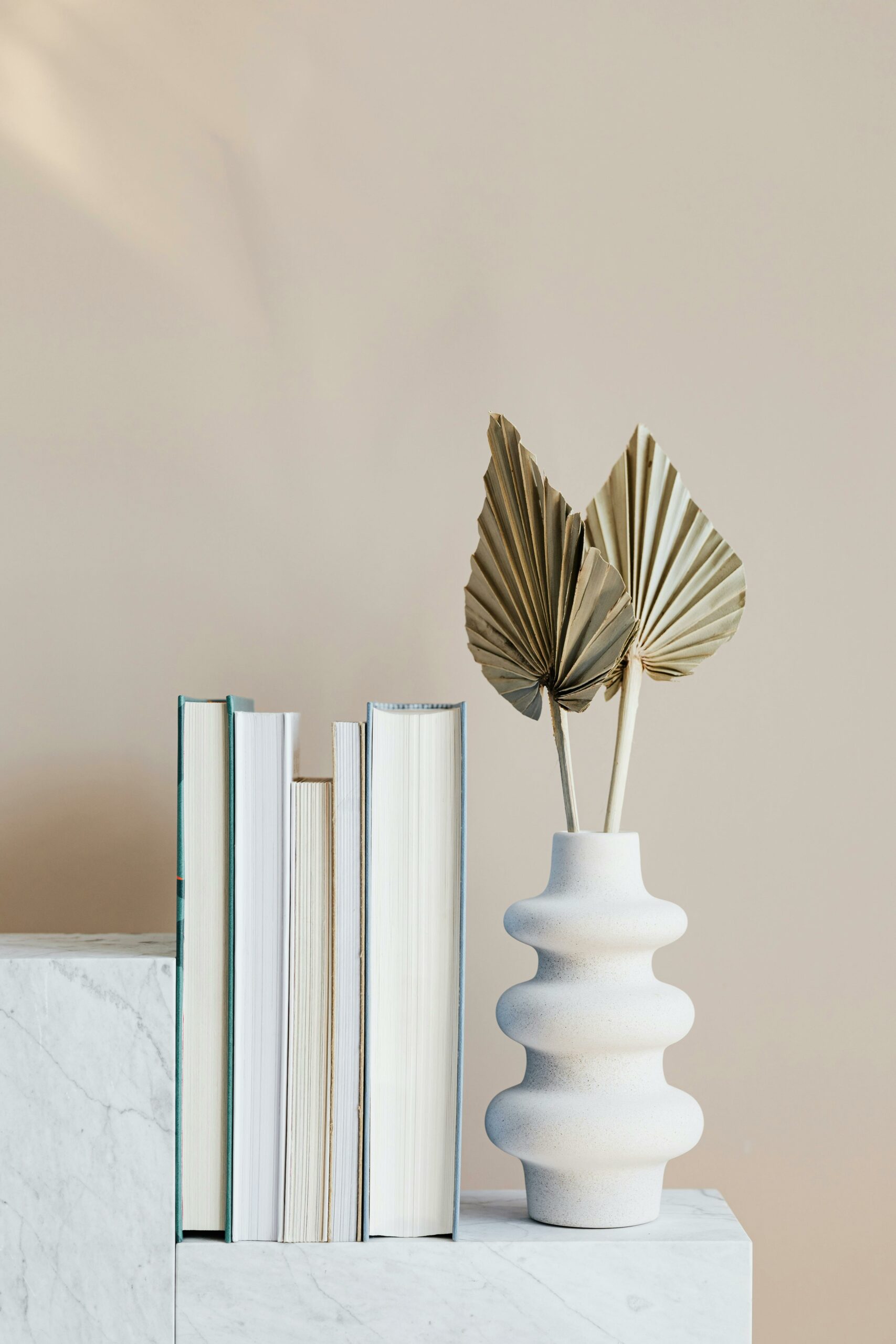
Mixing and Matching: A Guide to Complementing Your Decor
Harmonizing with Color
Successfully integrating geometric wall art into your decor starts with understanding how to harmonize artwork with the room’s existing color palette. Begin by identifying the dominant colors of your space, including walls, furniture, and accessories. Select geometric art that features one or more of these hues to create a cohesive look. For a more dynamic feel, choose complementary colors on the color wheel. This approach ensures the art piece stands out while still feeling part of the overall decor scheme, adding depth and vibrancy to the room.
Playing with Scale and Proportion
The scale and proportion of geometric art in relation to furniture and room size significantly influence the overall aesthetic. A large geometric piece can serve as a bold statement in a spacious room, anchoring the decor and drawing the eye. In contrast, smaller pieces can be grouped to create a gallery wall that adds interest and movement, without overwhelming a more compact space. Consider the height of ceilings and the size of wall space when selecting your art; proportions that mirror the room’s dimensions can enhance the sense of harmony and balance within the space.
Texture and Material Considerations
Mixing and matching geometric wall art isn’t only about visuals; the texture and material of the pieces play a crucial role as well. Incorporating different textures and materials can add layers of interest and sophistication. For instance, combining a sleek, metal geometric sculpture with a canvas painting introduces variety and tactile contrast, enriching the room’s ambiance. Pay attention to the existing textures in your space and seek out geometric art that either complements or thoughtfully contrasts with them, enhancing the sensory experience of the room.
The Psychological Impact of Geometric Shapes
Geometric shapes in art and decor are not just visual elements; they deeply influence our psychological state and emotional responses. Circles, squares, triangles, and other geometric forms have been studied for their effects on human psychology, revealing that these shapes can evoke a wide range of emotions and perceptions. For instance, circles are often associated with harmony and protection, making us feel a sense of belonging and comfort. On the other hand, squares and rectangles suggest stability and trust, imparting a feeling of reliability and strength in a space. Triangles can convey movement and direction, leading to feelings of dynamism or tension, depending on their orientation and context within the artwork.
The arrangement and frequency of geometric shapes within art also play a significant role in affecting mood and atmosphere. Repetitive patterns, such as those found in tessellations or fractal geometries, can have a calming, meditative effect, offering viewers a sense of order and predictability amidst chaos. This characteristic makes geometric art particularly suitable for spaces dedicated to relaxation and reflection, like meditation corners or bedrooms. Conversely, irregular or asymmetric arrangements of geometric forms can stimulate the mind, fostering creativity and innovative thinking. Such dynamic geometric artwork is a great addition to workspaces or studios, where it can inspire and energize the occupants.
Moreover, the use of geometric shapes in wall art can influence our perception of space, altering our experience of a room’s size and shape. Horizontal lines and shapes can make a room appear wider and more expansive, while vertical lines tend to draw the eyes upward, creating an illusion of height and openness. Playing with geometric shapes and their orientations allows artists and homeowners to manipulate spatial perceptions subtly, enhancing or transforming the character of living spaces without physical alterations. Understanding the psychological impact of geometric shapes enables us to select and position geometric art in a way that aligns with our desired emotional and visual outcomes, fostering environments that support our well-being and reflect our personal style.
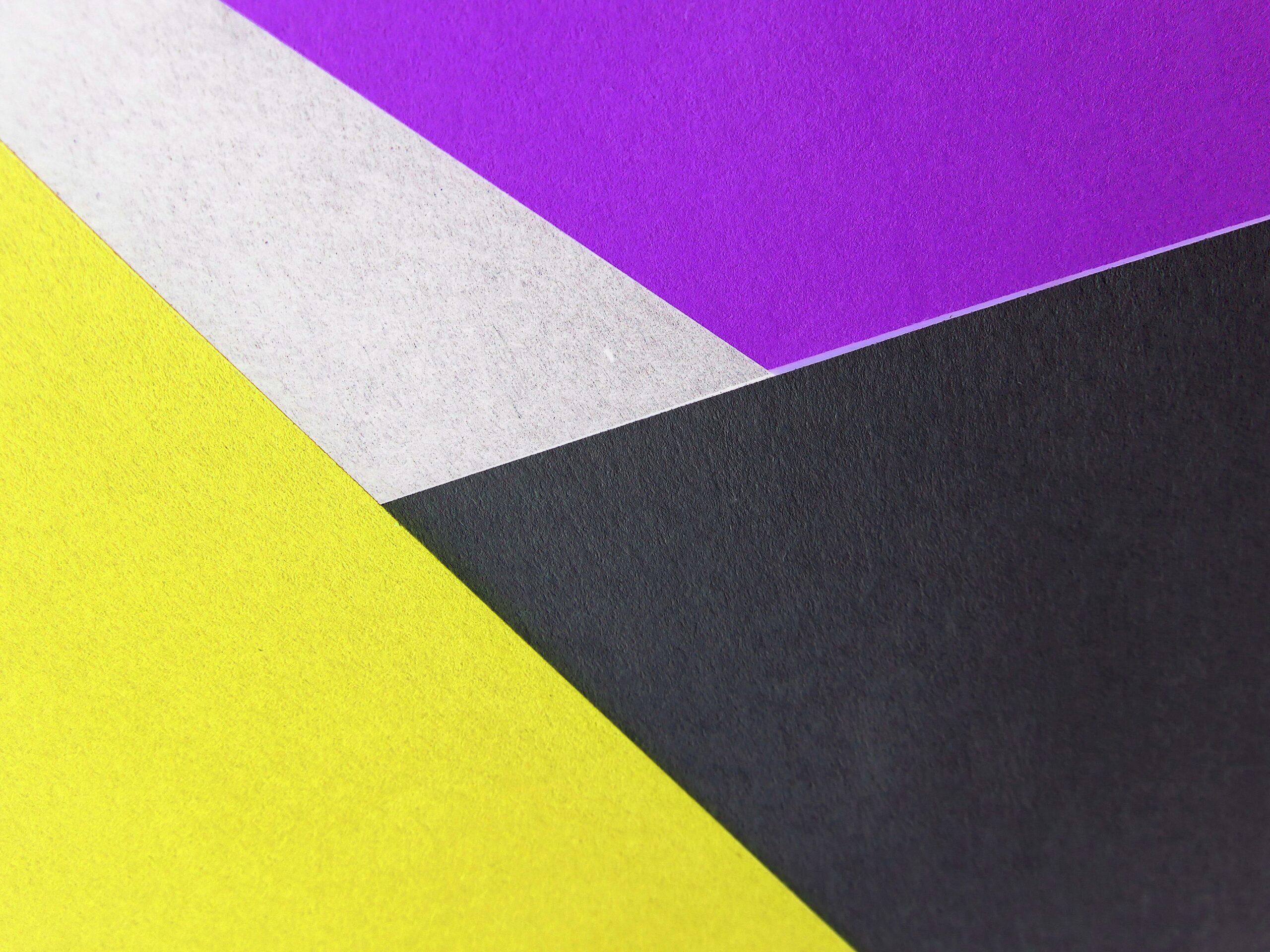
Installation Tips for a Seamless Look
Planning Your Layout
Before hammering a single nail, planning your geometric art installation can make the difference between a cohesive design and a chaotic one. Begin by measuring your wall space and the pieces you intend to hang. Create paper templates of each artwork and use painter’s tape to try out arrangements on the wall. This method allows you to visualize the overall effect without committing to holes in the wall, enabling adjustments for balance and spacing. Consider the flow of the room and how the arrangement draws the eye across the space, aiming for a layout that enhances the room’s dynamics rather than conflicting with them.
Lighting Considerations
Proper lighting can elevate your geometric wall art from a decorative element to a focal point. Ambient lighting should be soft to avoid the creation of harsh shadows, which could detract from the visual impact of the art. When available, natural light can beautifully highlight the colors and textures of your pieces. However, for more controlled or dramatic effect, consider installing directed lighting, such as track lights or wall-mounted fixtures. The goal is to illuminate the art in a way that enhances its features and integrates it into the space harmoniously, creating an inviting and captivating atmosphere.
Securing Your Artwork
Ensuring that your geometric wall art is securely mounted not only protects the artwork but also maintains the integrity of your design. Use appropriate hanging hardware for the weight and size of each piece. For lighter artworks, simple picture hooks may suffice, while heavier pieces may require wall anchors or a stud finder to secure them safely. It is also important to consider the room’s activity level; in high-traffic areas, securing art more firmly can prevent accidents and damage. Regularly check that your installations remain stable and secure over time, especially in environments prone to vibrations or humidity changes. This attention to detail guarantees that your geometric wall art remains a lasting and enjoyable part of your home decor.
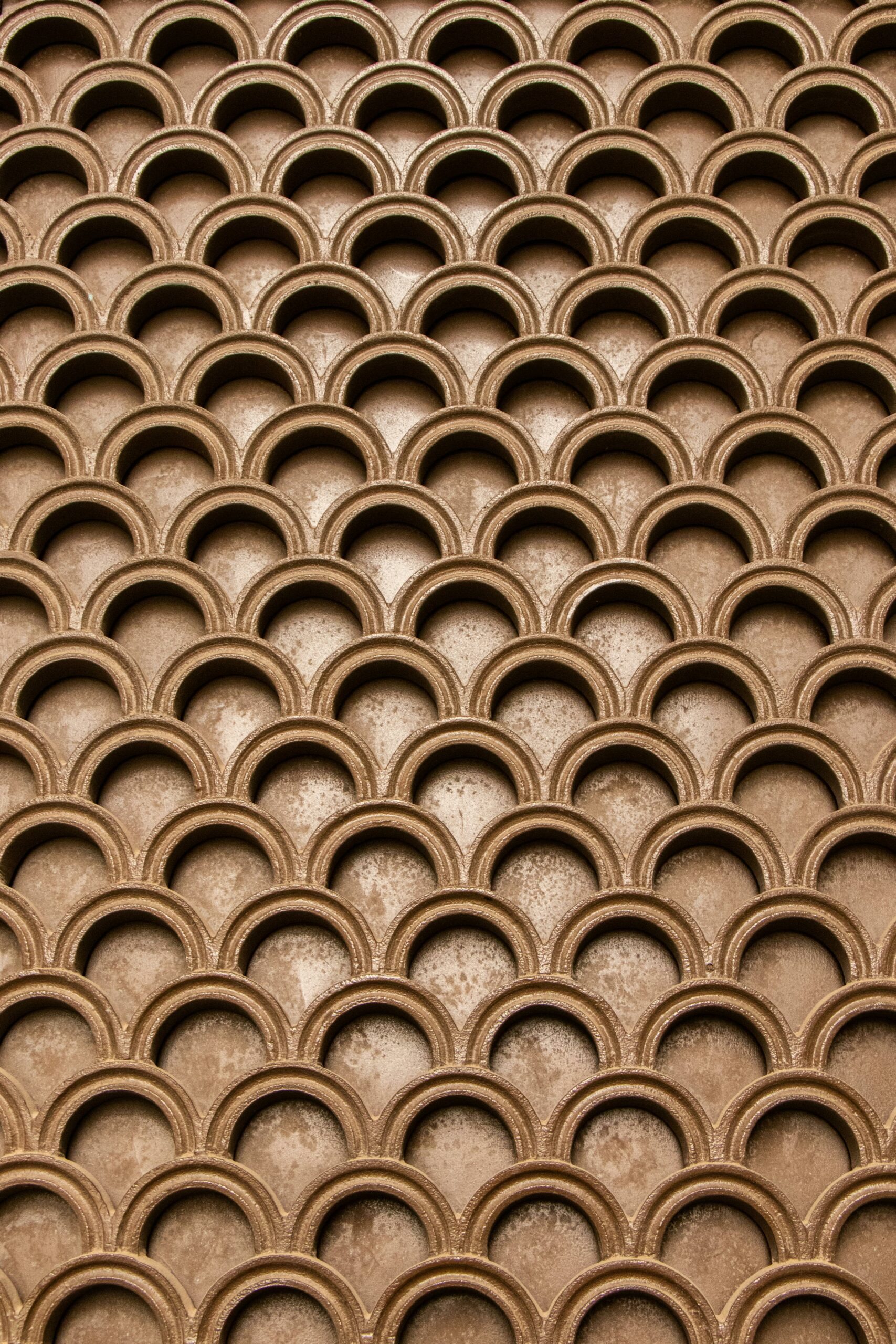
DIY Geometric Wall Art Ideas
Delving into DIY geometric wall art projects is not only a way to channel your creativity but also a means to achieve a personalized touch in your decor. One popular idea involves creating geometric patterns using washi tape. This method is remarkably simple, requiring no nails or screws, making it perfect for renters or those hesitant to commit to permanent changes. By applying washi tape directly to the wall in various shapes like triangles, squares, or hexagons, you can craft intricate patterns or minimalist designs depending on your preference. The beauty of this approach lies in its impermanence; designs can be easily changed or removed, offering endless versatility in your decor.
Another engaging DIY project is the creation of geometric wood art. This idea requires a bit more hands-on work but results in a stunning, tactile piece that adds warmth and dimension to any room. Start with a wooden panel as your base and cut thin strips of wood to create your desired geometric pattern. These can be arranged in a herringbone pattern, chevron, or any abstract arrangement that catches your eye. Once satisfied with the design, glue the pieces onto the panel and finish with paint or stain for a polished look. Not only does this project allow for a high degree of customization in terms of size, color, and pattern, but it also introduces a natural element to your space, enhancing its aesthetic appeal.
For those with a knack for painting, creating a geometric mural could be an exciting challenge. With some painter’s tape and a selection of colors, you can transform a plain wall into a mesmerizing geometric masterpiece. Sketch your design on the wall or go freehand to establish the geometric shapes, then carefully tape the edges to ensure crisp lines. Choosing a cohesive color palette that complements your existing decor can turn your wall into a statement piece that reflects your artistic flair. This project not only imbues your space with color and vibrancy but also imbues it with a sense of accomplishment and personal expression, making it truly unique.
Spotlight on Artists: Masters of Geometric Creations
Piet Mondrian: The Pioneer of Abstract Geometric Art
Piet Mondrian, a Dutch painter, played a pivotal role in the development of abstract art in the 20th century. Mondrian’s work transitioned from figurative painting to an iconic style characterized by a grid of vertical and horizontal black lines and the primary colors of blue, red, and yellow. His compositions, part of the De Stijl movement, were not just art but an expression of harmony and order, mirroring his philosophical beliefs. Mondrian’s pieces, such as “Composition with Red Blue and Yellow,” showcase the power of simplicity and the profound impact of geometric abstraction, influencing not only art but architecture and design.
Bridget Riley: The Op Art Movement Maestro
British artist Bridget Riley became synonymous with the Op Art movement of the 1960s, known for its use of optical illusions. Riley’s work is characterized by the dynamic interactions of color and geometric shapes to create vibrant, moving patterns that engage and sometimes challenge the viewer’s perception. Her famous piece “Fall” demonstrates her mastery in conveying motion and depth on a flat surface, primarily through the strategic use of black and white geometric forms. Riley’s contributions to the realm of geometric art have made her a seminal figure, continuously inspiring artists to explore the visual effects of geometric patterns.
Frank Stella: Revolutionizing Geometric Sculpture
Frank Stella, an American painter and sculptor, has been a transformative figure in the evolution of geometric art, pushing the boundaries from two-dimensional paintings to massive, three-dimensional sculptures. Early in his career, Stella garnered attention with his series of black paintings, which utilized simple geometric patterns such as squares and rectangles. Later, his work evolved into more complex, irregular shapes and vibrant colors, culminating in large-scale sculptures that blur the line between painting and architectural form. Stella’s innovative approach to geometry in art demonstrates the versatility and endless possibilities of geometric shapes in creating visual and spatial experiences.
Incorporating Geometric Art in Various Room Settings
Integrating geometric art into living room settings can dramatically enhance the area’s aesthetic appeal and ambiance. The living room, often the centerpiece of a home, benefits greatly from the dynamic lines and shapes of geometric art, be it through large statement pieces above the sofa or a series of smaller prints that create a cohesive gallery wall. The key is to match the scale of the art with the room’s dimensions and to select colors that either complement or thoughtfully contrast with the existing decor. In addition, incorporating geometric patterns in throw pillows or rugs can unify the space, creating a visually engaging and welcoming environment for both family members and guests.
When it comes to bedrooms, the goal is typically to create a tranquil and restful space, and geometric art can contribute significantly to achieving this atmosphere. Opting for geometric pieces with softer color palettes and simpler shapes can maintain a serene environment, conducive to relaxation and reflection. Positioning a singular, large geometric artwork above the bed can serve as the room’s focal point, while still maintaining a minimalist aesthetic. Alternatively, geometric patterns in bed linens or curtains can subtly introduce the theme without overwhelming the senses, ensuring the bedroom remains a calming retreat.
In office or study areas, geometric art can stimulate creativity and productivity through its use of bold patterns and vibrant colors. Incorporating geometric shapes that suggest movement and energy can invigorate the space, making it an inspiring environment for work and creative endeavors. Wall-mounted geometric shelving units not only serve a practical purpose but also add to the aesthetic, allowing for the display of books, plants, and other decorative items in a visually pleasing arrangement. By carefully selecting geometric art that resonates with the room’s intended use, homeowners can create spaces that are not only beautiful but also fully aligned with their lifestyle and personal preferences.
Caring for Your Geometric Wall Art
Regular Dusting and Cleaning
Maintaining the vibrant appearance of your geometric wall art begins with regular dusting and cleaning. Accumulated dust can dull the colors and impact the overall visual effect. For canvases and painted pieces, a soft, dry microfiber cloth gently wiped across the surface can remove dust without damaging the artwork. If your geometric art is encased in glass, a mixture of water with a small amount of mild detergent can be used to clean the glass, ensuring clarity and brightness. It’s important to avoid harsh chemicals or abrasive cloths that could potentially harm the art’s surface.
Managing Sunlight Exposure
While natural light can enhance the beauty of your geometric wall art, excessive exposure to sunlight can lead to fading and deterioration of colors over time. Consider the positioning of your art pieces carefully; try to avoid direct sunlight or areas where the sun’s rays are strongest. If the desired placement happens to be in a well-lit area, installing UV-protective window films or using frames with UV-protective glass can be effective in preserving the vividness of your artwork. Regularly rotating the art pieces within your space can also help minimize the risk of uneven fading.
Humidity and Temperature Control
Fluctuations in humidity and temperature can adversely affect geometric wall art, especially those crafted from sensitive materials like paper or wood. High humidity levels can encourage mold growth or cause artworks to warp, while extreme temperatures can lead to cracking or peeling. Maintaining a stable environment with the help of air conditioners, dehumidifiers, or humidifiers, depending on your climate, is crucial for the longevity of your art. Additionally, avoiding placement in bathrooms, kitchens, or near heating and cooling vents can protect your pieces from adverse conditions, ensuring they remain a cherished part of your decor for years to come.
Future Trends: The Evolution of Geometric Designs
The evolution of geometric designs is closely tied to advancements in technology and shifts in cultural paradigms, indicating a future where these designs become increasingly intricate and interactive. With the rise of digital art and 3D printing technology, artists and designers are exploring new dimensions of geometric art, creating pieces that not only defy traditional boundaries but also invite viewer participation. Interactive installations that change based on viewer movements or environmental conditions are becoming more common, providing a dynamic and personalized experience. These technological innovations allow geometric designs to evolve from static visuals into immersive experiences, blending art, technology, and viewer engagement in exciting new ways.
Sustainability and eco-consciousness are also steering the future trends in geometric designs. As awareness of environmental issues continues to grow, artists and designers are increasingly incorporating sustainable materials and practices into their work. Geometric art made from recycled materials or using eco-friendly processes highlights a commitment to sustainability without compromising on aesthetic appeal. This shift not only reflects societal values but also pushes the boundaries of geometric design, introducing textures and materials that challenge our perceptions of what geometric art can be. The interplay between geometry, sustainability, and material innovation opens up new avenues for artistic expression and environmental advocacy.
Another emerging trend is the fusion of geometric art with augmented reality (AR) and virtual reality (VR), creating spaces that seamlessly blend the physical and digital worlds. Through the use of AR and VR technology, geometric patterns can come to life, enveloping viewers in fully immersive environments that transcend the limitations of physical space. This integration of geometric designs with digital technology signifies a move towards more experiential and participatory forms of art, where the distinction between creator, artwork, and observer becomes blurred. As we look to the future, it’s clear that geometric designs will continue to captivate and inspire, evolving in tandem with technological advances and cultural shifts, pushing the boundaries of what is possible in art and design.
Conclusion
As we’ve explored the multifaceted world of geometric wall art, it’s evident that the appeal of these designs lies in their versatility, visual impact, and the emotional resonance they hold. From the allure of simplicity and symmetry to the depth of meaning encoded in each shape, geometric art offers endless possibilities for personal expression and interior design. Whether through DIY projects, selecting the perfect piece for your space, or immersing yourself in the work of esteemed geometric artists, this art form invites us to see beyond the ordinary, encouraging a deeper connectivity to our surroundings.
The careful consideration of color schemes, the strategic placement within various rooms, and the thoughtful care of these pieces not only ensure that geometric art remains a significant part of our decor but also enriches our daily lives. Looking forward, the continuous evolution of geometric designs, propelled by technology and a growing emphasis on sustainability and interactivity, promises to keep this art form at the forefront of creative expression and interior design trends.
As we incorporate geometric wall art into our spaces, we do more than just decorate; we curate environments that reflect our personalities, inspire our creativity, and comfort our spirits. The journey into geometric art is an invitation to experiment, to explore, and ultimately, to transform our spaces into reflections of our imagination and desires. This is the timeless beauty and enduring appeal of geometric design, making it a profound and versatile choice for anyone looking to breathe new life into their home or workspace.




